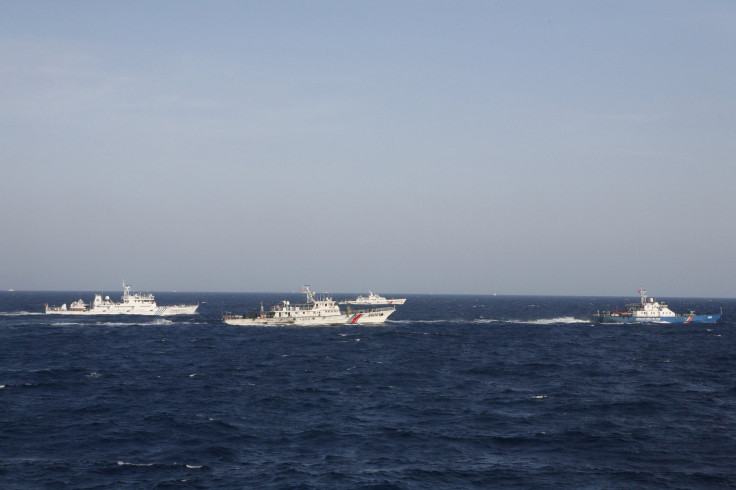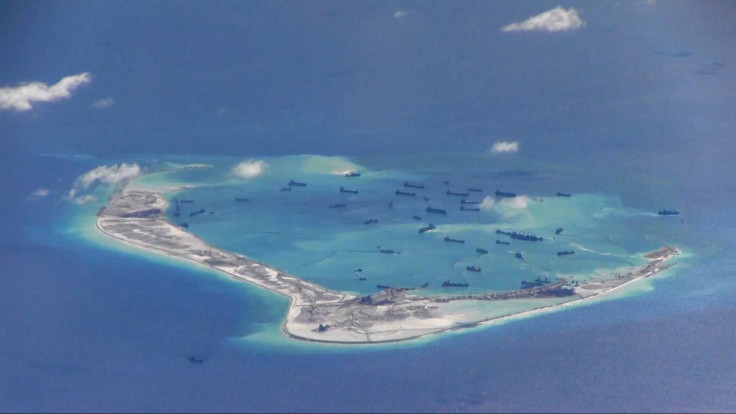Vietnam Bans Film Showing Disputed South China Sea Area As China's

An animated film titled “Abominable” produced by China’s Pearl Studio and the U.S.-based Dream Works Animation has been pulled from Vietnamese cinemas. The reason for the ban is a scene showing China’s internationally contested Nine-Dash Line on a map giving China sovereignty of the entire South China Sea, some of which lie inside Vietnam’s exclusive economic zone or EEZ.
The film is about a Chinese girl who befriends a creature known as a “Yeti” that she finds living on the roof of her house. The title refers to “Abominable Snowman,” another name for the mythical creature.
Children watching the film are not likely to understand what the big fuss is all about, but not so for government authorities. When they saw the scene that was shared on social media showing the disputed area belonging to China, they were quick to order the withdrawal of the film that was released on Oct. 4.
So, what is the fuss all about? The root cause is that the South China Sea is rich in natural resources like natural gas and oil, is a fishing resource that feeds millions of people and is an important international waterway. Competing for these resources are China and ASEAN (Association of Southeast Asian Nations) countries that border the South China Sea including Vietnam, the Philippines, Malaysia, Brunei and Taiwan.
The Nine-Dash Line is an artificial and vague U-shaped demarcation line that contains the bulk of the sea within the “U”. It began appearing on some maps in the late 1940s although there are references to it from the early part of the 20th century. It appears as a series of dashes (a broken line) on some maps and first appeared as a 10 or 11 dash line in the 1950s.
The line runs very close to the borders of Vietnam and the Philippines and overlaps into their country's EEZs. The overlapping claims have been the cause of disputes with Vanguard Bank inside Vietnam’s EEZ and the Spratly Islands that are mostly inside the Philippine EEZ.

China’s size and military power have allowed them to play the part of the “bully” and they have certainly lived up to that role with many incidents of aggressive behavior in the disputed waters inside Vietnam’s EEZ. This has led to tense relations between Hanoi and Beijing in recent months, with each side asserting sovereignty over the waters, including the Vanguard Bank.
Many believe that Vietnam’s one-party Communist government has failed to take a strong stand on the issue because it is wary of repercussions from China and the potential for civil unrest in Vietnam.
Instead of banning children’s films the Vietnamese government may want to take a tip from the Philippines and search for older documents that precede anything China can use to prove sovereignty.
A map originally made in 1734 was used in a case the Philippines brought before the Permanent Court of Arbitration (PCA) in The Hague challenging China's claim with the Nine-Dash Line. The final ruling in 2016 went the way of the Philippines and while China continues to ignore it, the ruling has been a powerful tool to support the Philippines' claim over its EEZ.
© Copyright IBTimes 2025. All rights reserved.





















